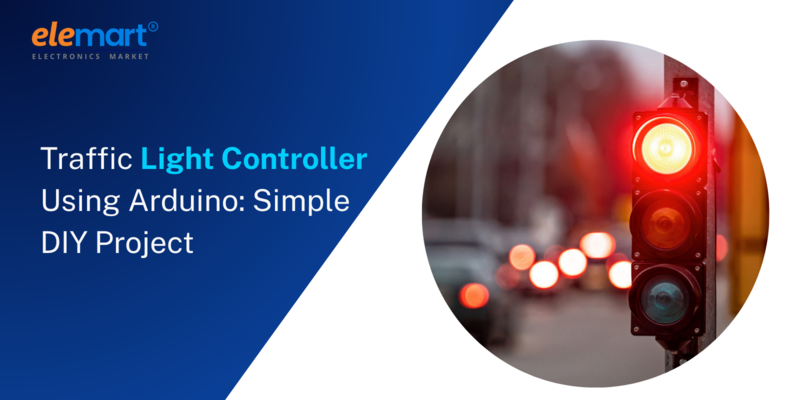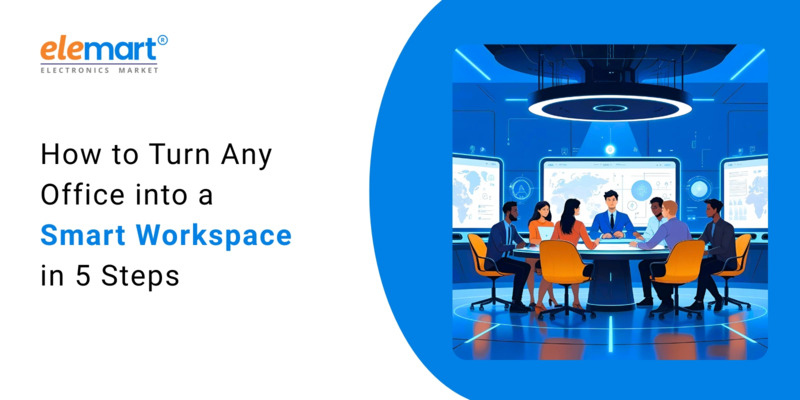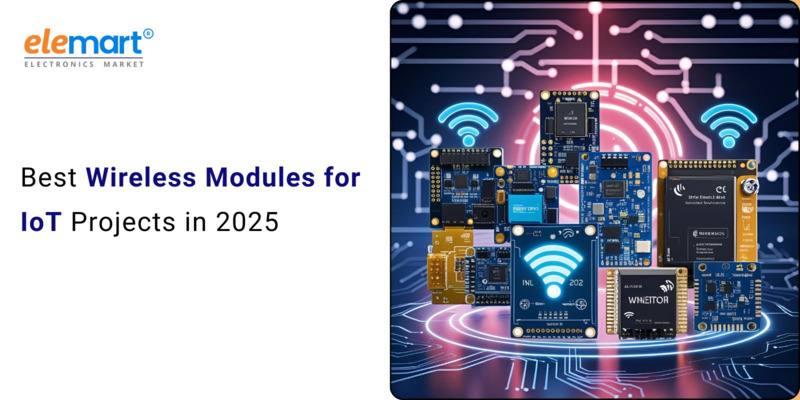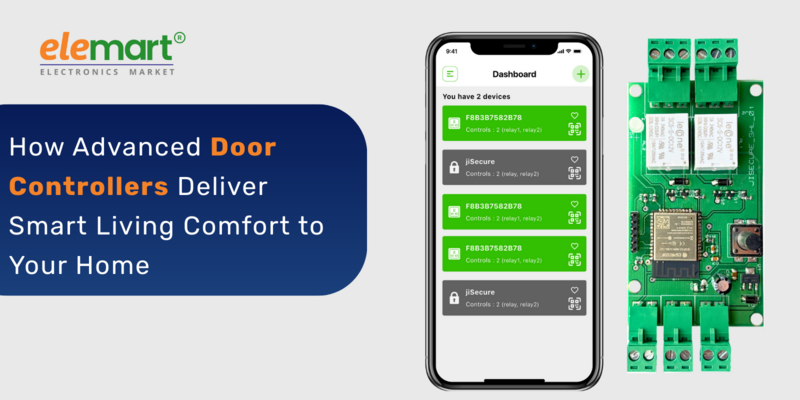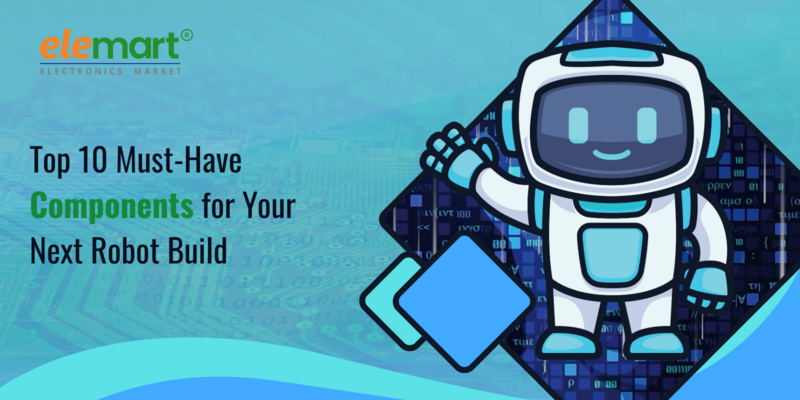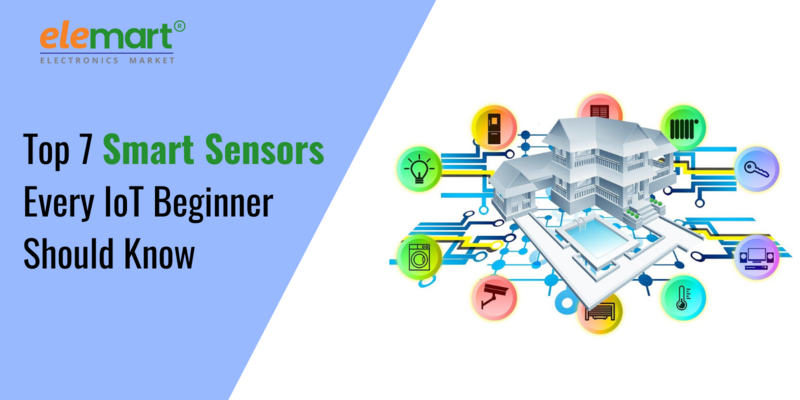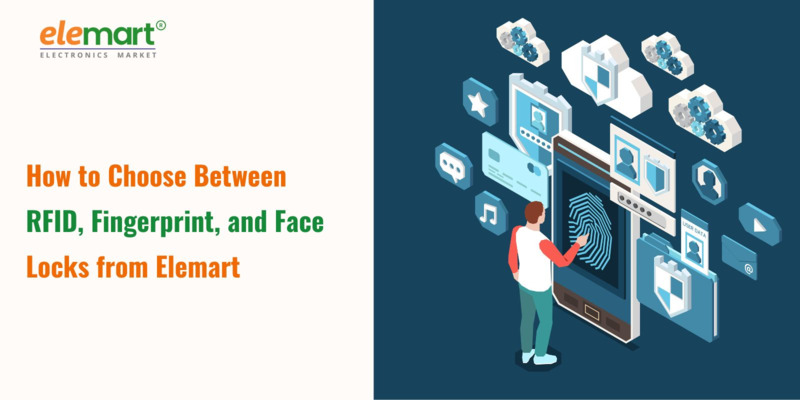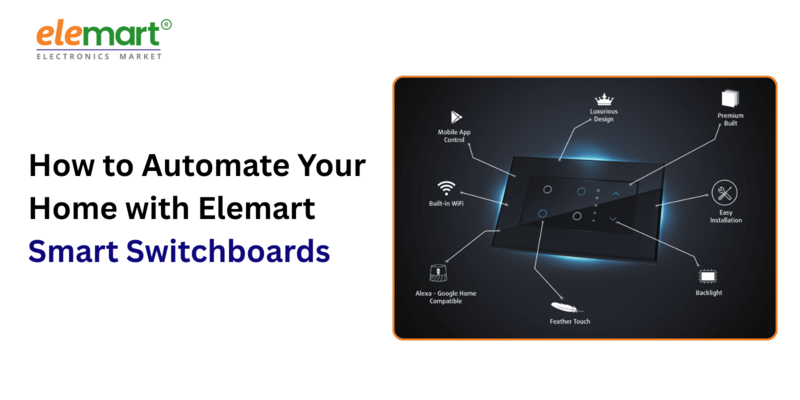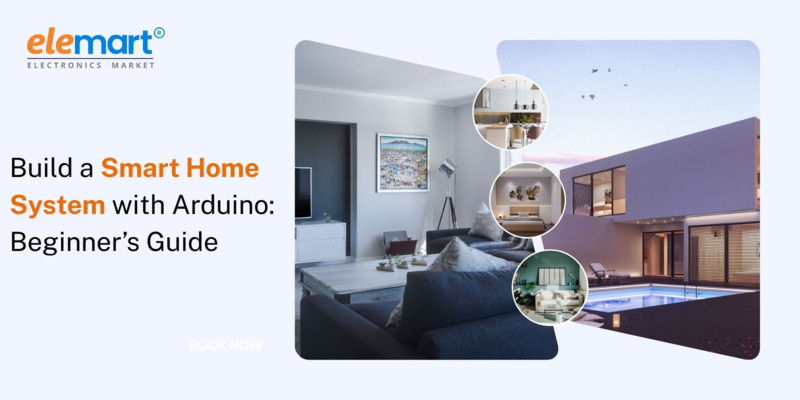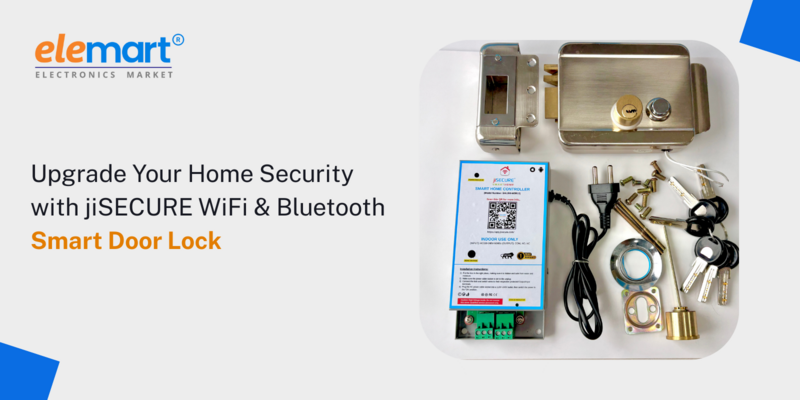- Jul 02, 2025
- Smart Home
- 375
Share this post on:
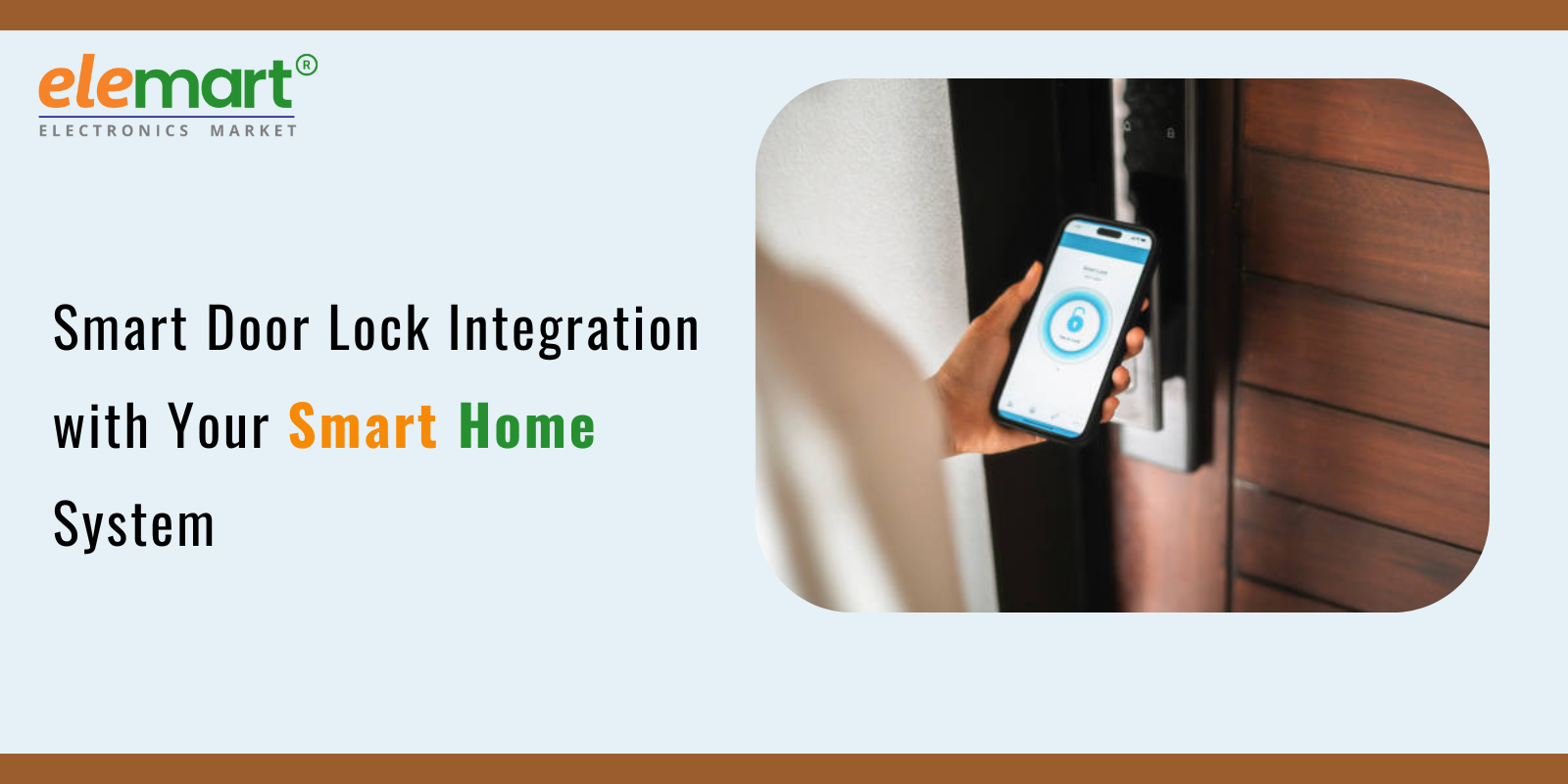
The smart home revolution is here, and it’s not just about voice-controlled lights and thermostats anymore. Security is a cornerstone of that revolution, and smart door locks are rapidly becoming essential components. But their true power is unlocked when you integrate them with your broader smart home system. This blog post will delve into how to seamlessly integrate your smart door lock with your smart home, the benefits you’re gaining, potential pitfalls to avoid, and the exciting possibilities it opens up.
What are Smart Door Locks, Exactly?
Traditional door locks rely on mechanical keys. Smart door locks, however, replace that with electronic mechanisms controlled by various methods:
- Keypad Entry: Enter a code to unlock the door.
- Mobile App Control: Unlock and lock remotely using your smartphone.
- Biometric Authentication: Use fingerprints or facial recognition.
- Voice Control: Integrate with voice assistants like Amazon Alexa or Google Assistant.
- Auto-Unlock/Lock: Based on geofencing or schedules.
Popular brands in the smart lock market include August, Schlage, Yale, Kwikset, and Nest x Yale.
Why Integrate Your Smart Lock with a Smart Home System?
While a smart lock can function perfectly well as a standalone device, integration takes the convenience and security to a whole new level. Here's a breakdown of the compelling reasons to connect:
- Enhanced Security & Automation: This is the biggest draw. Integration allows you to create complex security routines triggered by various events.
- Centralized Control: Manage all your smart home devices, including your door lock, from a single app. No more juggling multiple apps.
- Improved Convenience: Automate tasks and simplify your daily routines.
- Remote Access & Monitoring: Keep an eye on who’s coming and going, even when you're not home.
- Customization & Personalization: Tailor your smart home experience to your specific needs and preferences.
Common Smart Home Ecosystems & Integration Compatibility
To understand integration, you need to know the major players in the smart home arena. Compatibility is key; not all locks work with all systems.
- Amazon Alexa: Extremely popular and generally offers broad compatibility with smart locks. Voice commands like, "Alexa, lock the front door" become a reality.
- Google Assistant: Similar to Alexa, provides voice control and integration capabilities. "Hey Google, is the back door locked?"
- Apple HomeKit: Offers a more privacy-focused approach. Integration typically requires a HomeKit-enabled hub (Apple TV, HomePod, or iPad acting as a bridge). Siri voice control is the primary interface.
- Samsung SmartThings: A more open platform supporting a wide range of devices and protocols (Zigbee, Z-Wave, Wi-Fi). Offers more complex automation capabilities.
- IFTTT (If This Then That): A web-based service that connects different apps and devices. Allows for incredibly customized automation, even if devices aren't directly compatible with a major ecosystem.
Integration Methods: How Does it Actually Work?
The method of integration varies depending on the smart lock and smart home system.
- Direct Integration (Native Support): The smart lock directly connects and is recognized by the smart home hub or app. This is the easiest and most reliable method. (Example: August locks and Apple HomeKit).
- Cloud-to-Cloud Integration: The lock and hub communicate through their respective cloud servers. This is often used when direct integration isn't possible, but it can be less responsive and relies on internet connectivity.
- Zigbee or Z-Wave: These are low-power wireless protocols commonly used in smart home devices. Many smart locks use one of these protocols, requiring a compatible hub (like a SmartThings hub) to connect.
- Wi-Fi: Some locks connect directly to your Wi-Fi network, allowing for remote access and integration with systems like Amazon Alexa or Google Assistant.
- IFTTT Applets: Utilizing IFTTT to bridge the gap between incompatible devices. Requires an IFTTT account and a little more technical know-how.
Practical Automation Examples: Unleashing the Power of Integration
This is where the real magic happens. Here are some examples of what you can achieve:
- "Good Morning" Routine: When your alarm goes off, the front door automatically unlocks, and the lights turn on.
- "Coming Home" Routine: As you approach your home (geofencing), the door unlocks, the thermostat adjusts to your preferred temperature, and your favorite music starts playing.
- Guest Access: Create temporary access codes for guests that automatically expire. You can even integrate this with booking platforms like Airbnb.
- Vacation Mode: Automatically lock the doors at a specific time each evening, and receive notifications when someone enters or exits.
- Security System Integration: If your security system is armed, the door lock can automatically re-lock after a preset time, preventing unauthorized access.
- Child Arrival Notifications: Receive a notification when your child arrives home from school.
Considerations and Potential Challenges
Integrating smart door locks isn't always seamless. Be aware of these potential challenges:
- Compatibility:Always check compatibility before purchasing a lock and a smart home hub. Manufacturer websites and online forums are valuable resources.
- Internet Dependency: Many integrations rely on a stable internet connection. A power outage or internet disruption can render some features unavailable. Consider a lock with battery backup and local control options.
- Security Risks: Smart devices are vulnerable to hacking. Use strong passwords, enable two-factor authentication, and keep your devices updated with the latest firmware.
- Privacy Concerns: Be mindful of data collection practices of the manufacturers. Review privacy policies carefully.
- Cost: Smart home systems can be expensive. Factor in the cost of the lock, the hub (if required), and any associated accessories.
- Complexity: Setting up and configuring smart home integrations can be challenging for some users. Consult the manufacturer's documentation and seek assistance from online communities if needed.
- Battery Life: Many smart locks rely on batteries, and battery life can vary depending on usage.
Popular Smart Lock and System Combinations (Examples)
- August Smart Lock Pro + Apple HomeKit: Seamless integration, excellent voice control via Siri.
- Schlage Encode + Amazon Alexa: Widely compatible, reliable operation.
- Yale Assure Lock Z-Wave + SmartThings Hub: Offers a range of features and customisation options.
- Kwikset Halo + Google Assistant: Easy setup and voice control.
- Nest x Yale Lock + Google Home: Tight integration with the Google ecosystem.
Future Trends in Smart Door Lock Integration
- Enhanced Biometrics: More sophisticated facial recognition and fingerprint scanning for improved security and convenience.
- AI-Powered Automation: Locks that learn your routines and automatically adjust settings.
- Integration with Video Doorbells: See who's at the door and unlock it remotely.
- Decentralized Key Management (Blockchain): A more secure and privacy-focused approach to key sharing.
Conclusion: Secure Your Home, Simplify Your Life
Integrating your smart door lock with your smart home system is a powerful way to enhance security, improve convenience, and automate your daily routines. By understanding the different integration methods, considering potential challenges, and choosing compatible devices, you can unlock the full potential of your smart home. While there are complexities to navigate, the benefits of a truly integrated smart home are well worth the effort.
